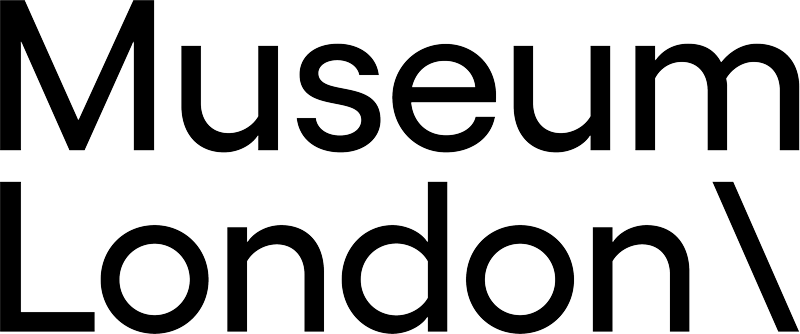Gordon Platen Press
DimensionsOverall (including base): 123 × 68 × 100 cm (1.23 × 0.68 × 1 m)
Credit LineCollection of Museum London, 2007
Object number2007.032.001
Label TextThis platen press was developed in the mid-19th century. Manufactured in varying sizes from floor models to table tops, there were two main types of platen press. The light jobbing platen, credited primarily to George P. Gordon, was used for small items such as business cards, envelopes, and circulars. The heavy or art platen was much larger and used for all kinds of work. In both types, printing was completed by the platen closing to meet the type bed, in a similar action to that of a hinge. Early presses were powered by foot-treadles, and steam power and then electric motors were eventually added for even greater speed.
George Phineas Gordon, a New York printer, developed the most popular pattern of the platen press in the 1850s. His "Franklin Gordon" patented in 1856 became the dominant form that with few improvements would be produced for over 100 years. The patent information stamped on plate attached to this machine suggests it was made by Gordon's own company or under license from him.
This press may have been used by London Printing and Lithography in London, Ontario. It could also be traced to the "London Free Press," as London Print and Litho was the new name given to the newspaper's job printing department after it was sold to the Welds in 1890.
NamePress, Printing









